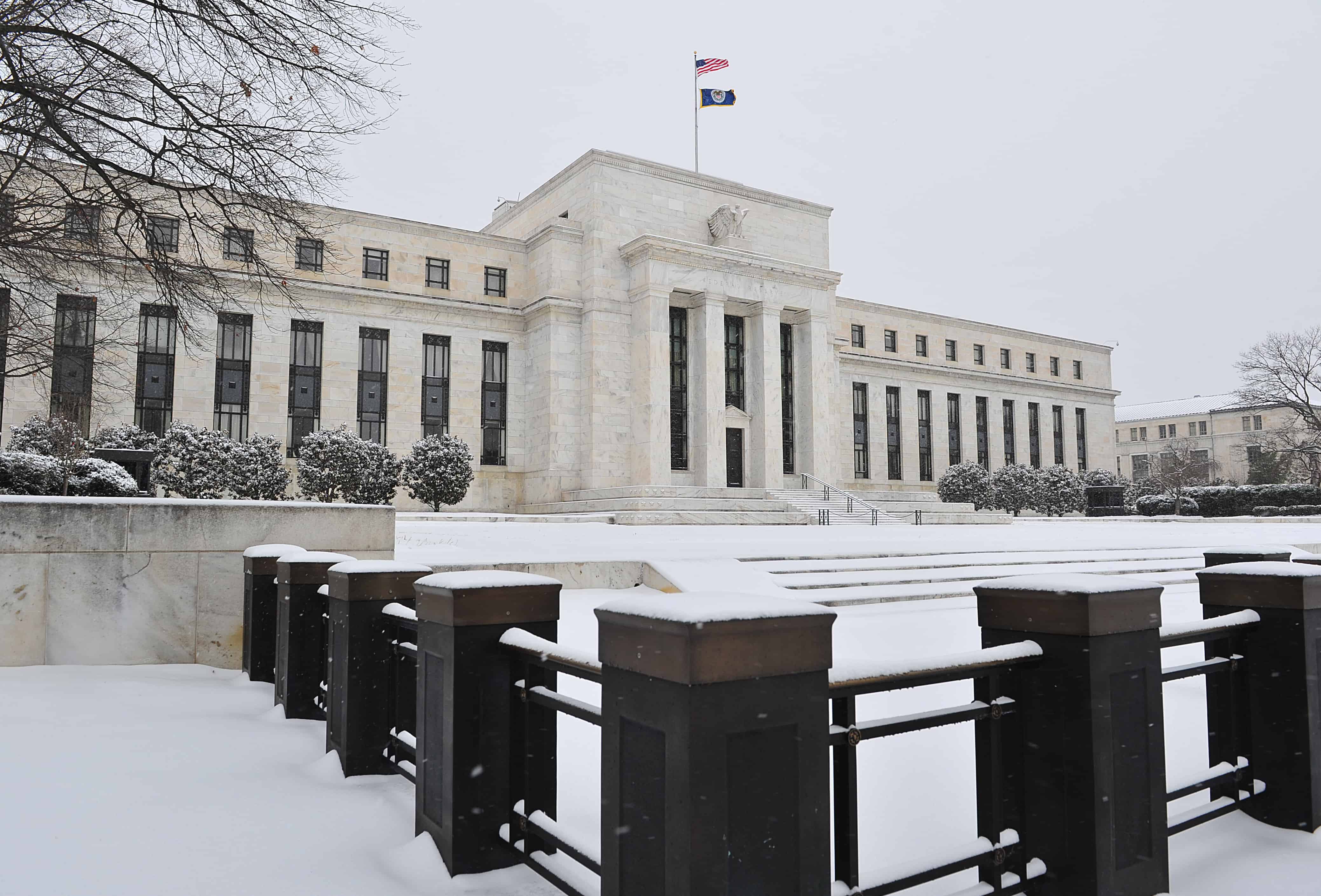One thing you hear repeated over and over in the economics press is that economists can’t predict recessions. This is true. The best forecasting models that economists have in their toolkit can only predict the economy about one quarter in advance. That’s not very useful — by the time a recession is only three months away, it’s too late to prevent it.
But another thing you see a lot in the econ media is the idea that excessive debt leads to economic crashes. When debt is high relative to gross domestic product, we are told, the risk of a financial crisis and a recession increases. For example, many people tout China’s rising debt — now at almost 300 percent of GDP — as cause for alarm. Many hearken back to the theories of economist Hyman Minsky, who said that debt markets naturally cause booms and busts.
That sounds reasonable. And in fact, there are prominent economic theories that predict that leverage creates its own cycle, generating booms and recessions. The problem is, if debt so clearly led to booms and busts, you could use the level of debt — or its rate of increase, or its rate of acceleration — to forecast recessions years in advance, rather than months. Unfortunately, that has proven devilishly hard to do.
Consider the long-term debt-to-GDP ratio for the U.S.: There was a sharp rise in debt in the mid-1980s. But this rise wasn’t followed by a crash, economic or financial. Instead, debt levels paused for a few years and resumed their upward climb. If you believed that a sharp acceleration in debt was a harbinger of doom, you might have missed the boom of the 1990s.
More recently, the long rise in debt levels during the 1990s and early 2000s eventually came to an end in 2008. That seemed to vindicate the people who warned about debt levels. But the boom lasted for 15 years, and even after the crisis, deleveraging was small in size and short in duration. Debt levels have started to climb again as the economy recovers. Then there is the case of Australia, where debt levels skyrocketed before the crisis but continued to increase afterward with very little economic fallout, thanks in large part to Chinese demand for natural resources.
But perhaps there is a better way to use leverage to forecast recessions. Instead of looking at the amount of credit, maybe we should look at the price and the quality of credit.
Economists have long used credit spreads and other asset prices as leading indicators of economic activity. But new research by economists David Lopez-Salido, Jeremy Stein, and Egon Zakrajsek of the Federal Reserve shows that credit market indicators might allow us to predict recessions as much as two years in advance.
Lopez-Salido et al. base their idea on a 2013 paper by financial economists Robin Greenwood and Samuel Hanson. Greenwood and Hanson hypothesized that spreads between corporate bonds and Treasuries and the share of junk bonds in total corporate credit might be indicators of credit market sentiment.
Behavioral finance has long held that changes in sentiment drive excess volatility in financial markets, causing prices to swing around more wildly than fundamentals. In stock markets, this means that price-to-earnings ratios can predict long-term stock returns to a small degree. In debt markets, credit spreads and credit quality take the place of P/E ratios as measures of the fear and greed of the markets.
Lopez-Salido et al. add a third variable — term spreads between long-term and short-term Treasuries. Together, they find that the three sentiment indicators do a reasonably good job of forecasting economic activity years in advance. And they do so through exactly the channel predicted by both mainstream economic theory and by Minsky — easy credit is invariably followed by a reduction in credit supply, as lenders realize they were too greedy or optimistic and sentiment reverses. When lending dries up, the economy slows.
The authors also confirm that debt levels aren’t very helpful as an additional predictive variable. It’s the price of credit, and its quality, that can predict those Minsky moments.
So where do these predictors stand today? Credit spreads are somewhat high, but no higher than in 2012 — which was followed by three years of fairly robust growth.
Term spreads also are not particularly high. High-yield lending increased in the last few years, especially to oil companies, but this junk lending binge has already reversed itself.
So to the best of our admittedly limited knowledge, there are few recessionary clouds on the horizon — at least in the U.S.
Noah Smith is an assistant professor of finance at Stony Brook University and a freelance writer for finance and business publications. For more columns from Bloomberg View, visit http://www.bloomberg.com/view
© 2016, Bloomberg News






